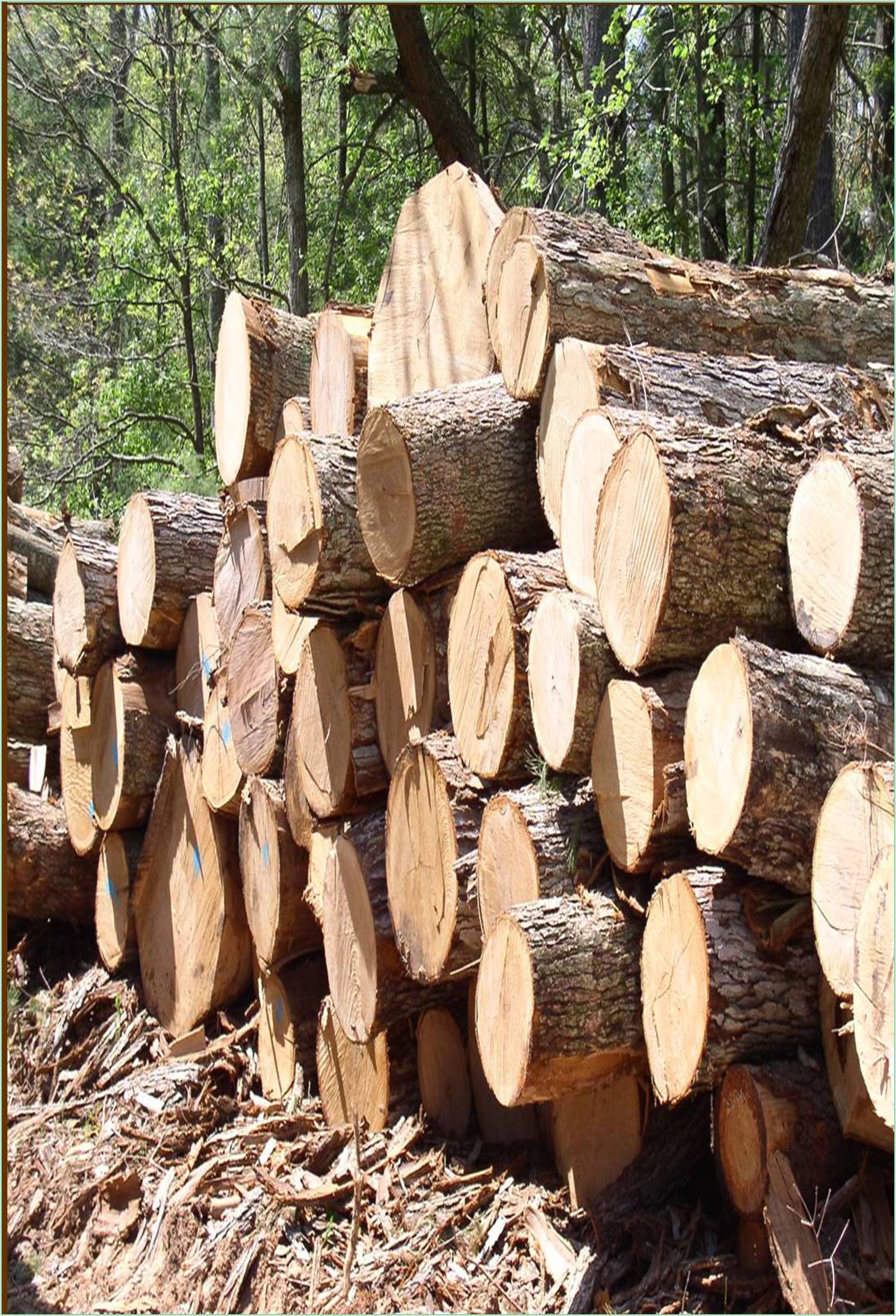



Received: 08-Sep-2022, Manuscript No. GJWSFW-22-74067; Editor assigned: 13-Sep-2022, Pre QC No. GJWSFW-22-74067 (PQ); Reviewed: 27-Sep-2022, QC No. GJWSFW-22-74067; Revised: 28-Dec-2022, Manuscript No. GJWSFW-22-74067 (R); Published: 05-Jan-2023, DOI: 10.15651/2449-1780.23.12.016
By a resolution adopted on November 28, 2013, the UN general assembly declared March 21 to be the international day of forests. Numerous occasions are held every year to honour and promote the value of all kinds of forests, as well as trees found outside of forests, for both the present and the future. On the international day of forests, nations are urged to arrange local, national, and international events involving forests and trees, such as tree planting programmes. In cooperation with governments, the collaborative partnership on forests, and international, regional, and sub-regional organisations, the secretariat of the United Nations forum on forests and the food and agriculture organization enable the implementation of such events. The first international day of forests was celebrated on March 21, 2013. The states members at the 16th session of the conference of the food and agriculture organization approved in November 1971 to designate March 21 as world forestry day. Six forest days were organised by the centre for international forestry research between 2007 and 2012 in connection with the conference of parties’ yearly meetings of the UN framework convention on climate change.
On behalf of and in close collaboration with other collaborative partnership on forests members, CIFOR arranged these events. The international day of forests was established by decision of the UN general assembly on November 28, 2012, following the international year of forests in 2011. An area approximately the size of England is lost to forests every year. More than 13 million hectares are lost every year. The plant and animal species that make up 80% of all terrestrial biodiversity are correlated with the health of the forests. Most importantly, deforestation accounts for 12% to 18% of global carbon emissions, or nearly all of the CO2 emitted by the global transportation industry, highlighting the importance of forests in combating climate change. Healthy forests are one of the world's main "carbon sinks," which is also very important. Forests contain over 60,000 different tree species and cover more than 30% of the world's land area. Forests provide food, fiber, water, and medicine to nearly 1.6 billion of the world's poorest inhabitants, including indigenous peoples with distinct cultures. The idea for forest day was born out of a casual conversation between two scientists in Oxford, England, in February 2007. They felt that the world was undervaluing the role that forests play in reducing carbon emissions and recognised the urgent need for policy makers and UNFCCC negotiators to be informed by the most recent forestry research and ideas. They had no idea the meeting would turn into one of the world's most significant gatherings on forests and climate change today. On December 8, 2007, in Bali, Indonesia, during the thirteenth conference of the parties to the United Nations framework convention on climate change, one of the main events was the first ever forest day. Over 800 people, including scientists, delegates from several countries, and officials from intergovernmental and non-governmental organisations, took part in forest day.
Four concurrent panel talks concentrating on intersecting issues regarding forests and climate change were a significant aspect of forest day. The topics covered in these well-attended sessions included establishing baselines and methodological difficulties in estimating forest carbon, market and governance difficulties in reducing emissions from deforestation and forest degradation, and equity efficiency trade-offs.